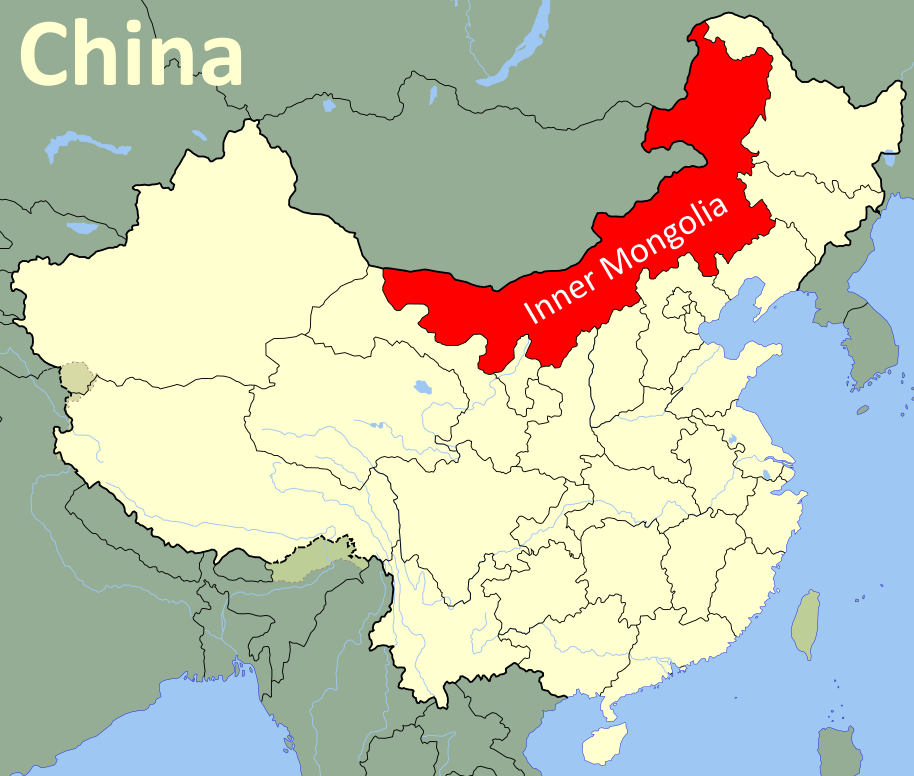A visit to tin operations in the Inner Mongolia region of China by ITA staff at the end of May 2018 has revealed that mine production in the province may reach 17,400 t/y in the next five years, up from 6,500 t in 2017.
Inner Mongolia is currently the fourth-largest tin mining province of China, producing some 6,500 t of tin-in-concentrate in 2017. The Yinman Mining and Huanggang Mining companies represent the majority of current output. Yinman Mining’s Baiyinchagan mine entered production in March 2017 and produced 3,000 t of tin-in-concentrate during the year. Huanggang Mining’s Huang Gangliang mine produced some 1,800 t of tin-in-concentrate in 2017 with stable production anticipated in the coming years.
Growth in tin production from the province is expected to be driven by expanded production from the Baiyinchagan mine, where annual production is expected to increase to 10,000 t over the next three years following improvements to recovery rates and the processing facility. A new tin mine, Weilasituo, is also planned for construction following the discovery of a tin deposit in 2013, with output of 3,000 t/y of tin targeted by 2020.
The ITS’s view is that “the prospects for tin production in Inner Mongolia are generally positive although there are still some uncertainties for mine production from some of the smaller mines. The local government is becoming stricter in regulating mining in the province and receiving permits for new projects is becoming increasingly difficult. Tin mine output in 2018 is forecast at 10,400 t or 11% of total anticipated Chinese production.











